|
There were tablecloths before there were dining tables. There were dining tables before there were dining rooms - but they were just called cloths, tables or trestles. Above, a French damask, ecru cloth, and going by the monogram design, I'd say it was c.1930. When I found it, it had never been used. At the end of the evening, the cloth has taken a beating. But it's only superficial. It will survive. It will be cleared the following day (we clear the next day in our household) and rejuvenated. If you spill something, don't apologise. That puts me in an awkward position of having to reassure you that it doesn't matter. Trust me, it doesn't matter. I will be washing it later and ironing it before it's used again. (And please use your napkin, vigorously if you will, and discard it casually at the end. If it's still neatly folded, trust me, I won't be putting it back in the drawer.) A cri de cœur... Please don't sprinkle salt. It's a myth that it neutralises a stain. It just makes a nasty gritty surface for the rest of the meal. One time, a guest brought to dinner a new girlfriend who rose from her chair and poured salt on the wine spill of another guest!!! (They are no longer seeing each other.) A cloth gives a nice warmth and softness under-hand, especially if there's a spongy under-cloth. It also deadens noise. Over the years I've collected table cloths or rather, I've rescued them. It's not a virtue, it's just what I do. Sometimes, there have been small circular holes in them - cigarette burns, probably, and this adds to their mystery. I mend them and ponder the bad old days when people smoked (even at table, and that's another story). "The past is another country: they do things differently there." ( L.P. Hartley- The Go-Between. ) Washing and Ironing
There are linens out there that are rustic and creased. Fine, it's a look, go for it. Left: Banquet, Willem Claesz Heda, Dutch, 1635 (Nat. Gallery of Art, Washington DC) Right: 21st century. Crumpled can be good. History Of The Cloth Left: Wedding Feast, Pieter Bruegel, 1556 - cloth, just covering trestles.
Centre: Friends' very elegant table, placemats, keeping us in place. Right: Freedom From Want, Norman Rockwell, 1943 Not every dining table has a cloth, especially if you're showing off some wood or marble. But the tablecloth is a signifier, it signifies the intention to eat. The Romans started putting cloths under food around 2030 years ago. When there was food to be eaten, down went a cloth, be it on the ground or across a board or trestle. (Think boardroom, chairman of the board, sideboard etc.) Cloths weren't ironed but folded into presses. This lead to artfully creased cloths, the folds much prized. (See "The Last Supper", previous post.) Place settings weren't delineated. Food was placed on the cloth for picking at. In Europe during the middle ages, seating began to be marked by a trencher, a piece of bread, but still spoons and drinking vessels were shared. 17th C Dutch paintings show rich, well dressed burghers or traders (i.e. business men) talking at tables, sharing from a few glasses, expensive items embellished in the Venetian style. When knives started to be used to eat with, bread trenchers were replaced by metal or ceramic. Privacy became "a thing" and people chose to eat in smaller groups and the 18th C saw a drawing away into small eating or dining rooms - then to especially made tables. Cloths were ironed smooth. Gradually decorum ruled that each person be segregated, one from the other, with a place setting, our little section, our own little armoury of cutlery and a bevy of glassware. (Incidentally, the Victorians did not cover their dining-table legs with a cloth because they looked too sexy. It was simply the fashion.) You might never look at a tablecloth in the same way again.
9 Comments
24/2/2020 10:51:33 am
'Dressing up the plain wooden dinner table, Ziryab taught local craftsmen how to produce tooled and fitted leather table coverings.'
Reply
Dae
24/2/2020 02:13:25 pm
Cath
Reply
Open knife and fork, tines down says you're resting. Knife and fork together, tines up, you've finished. Debrett's Etiquette and Modern Manners say so and is good enough for me. The American way is cutlery flopped everywhere. Not necessarily wrong, just their way but very awkward to know what's going on.
Reply
Clare Shearman
24/2/2020 03:32:15 pm
Hi Cath,
Reply
Oh Clare, if only there had been mobil phones with cameras at that time! (Just joking) I would love to have seen the Crown Derby. Could you look up the pattern if I sent you a guide? My father's relatives had Crown Derby, Imari pattern, because they were Roma. The Imari pattern was kept going for them. When a handle got broken on a cup, they gave it to Papa. I have them in my bathroom, holding eye-brow tweezers and eye-shadow brushes!
Reply
Angela Burford
24/2/2020 11:36:38 pm
I have just finished washing several damask linen tablecloths including some with stains. Searching the internet led me to the old fashioned approach of boiling water and slices of lemon. After plunging the cloth into a large saucepan with recently boiled water I let it stand with the lid on for about 24 hours. Then washed it as normal and laid out to dry in the sun - the stains disappeared and the cloths are snowy and crisp. The smell of stewing linen bought back wonderful recollections of my grandmother and mother boiling up the copper on washday.
Reply
Angela Burford
25/2/2020 09:36:03 am
Yes, a Saarinen inspired round marble topped table which fits much better in our space. I had lots of cloths a few from the family but most sourced from estate sales in the USA. I couldn't resist them (both the cloths and the sales) e.g. I spent a few dollars for a 3+ metre double Irish damask cloth and 12 napkins. People just didn't want to bother with them, it was much the same with crystal and china that couldn't go in the dishwasher. Leave a Reply. |
Categories
All
|
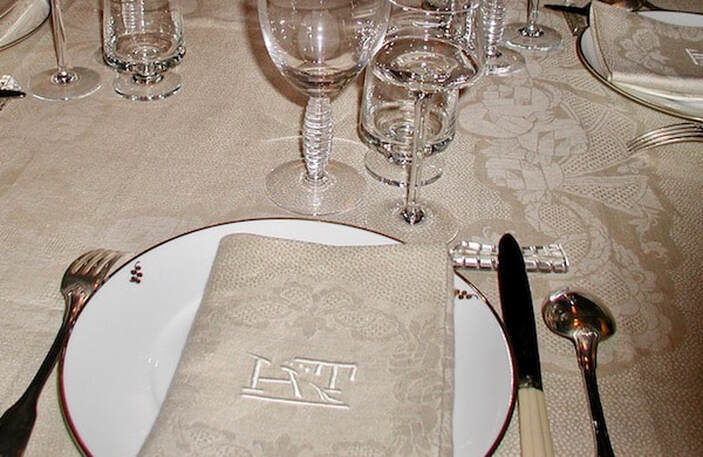
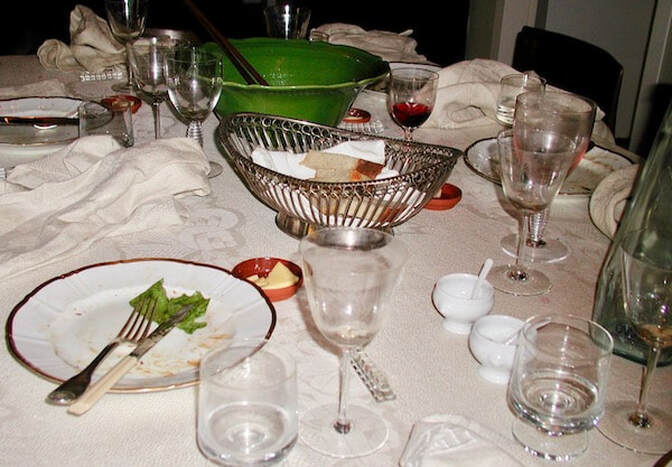
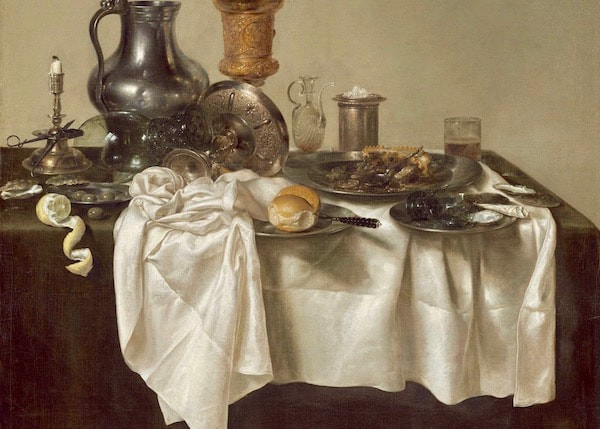
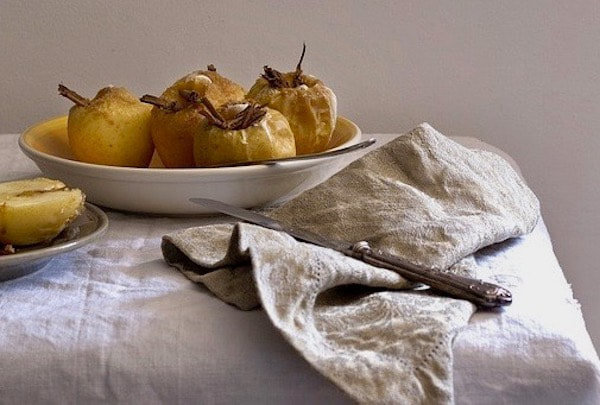
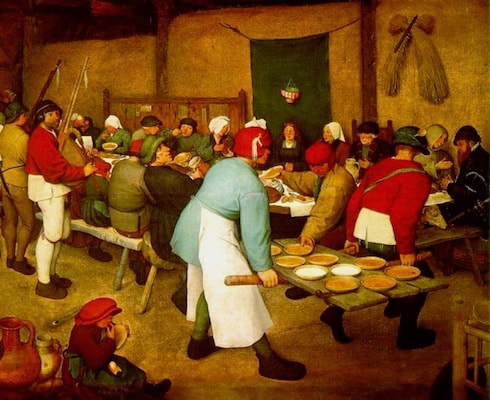
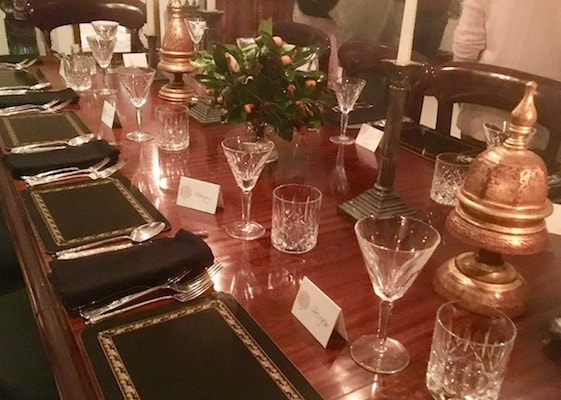
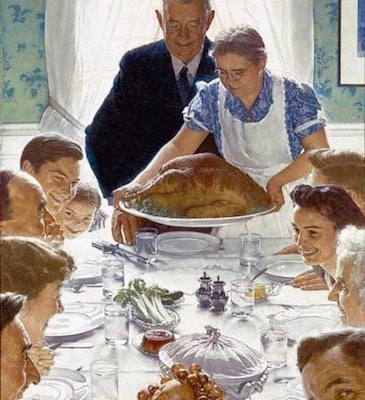
 RSS Feed
RSS Feed
